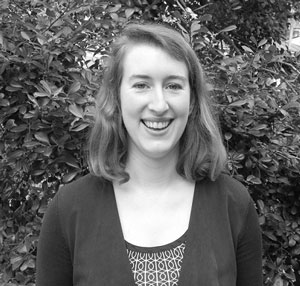
By Maeve Elder
Forecasts predict another hot summer ahead. Last summer, I shared tips for staying cool. With another record-breaking summer likely this year, I’m thinking about the factors that make staying cool a challenge (or an exorbitant expense) for many St. Louisans.
We are lucky to have a beautiful stock of historic brick buildings in St. Louis. Unfortunately, this unique asset can present a challenge in warming summers. Bricks absorb heat from the sun during the day and can retain that heat into the night. Without proper insulation, the hot brick exterior warms the air inside, putting additional pressure on air-conditioning (AC) systems to keep spaces cool. With more frequent hot days and higher temperatures, ACs need to work even harder, which can tax cooling systems and drive utility bills through the roof.
And many ACs aren’t up to the task. With more days in the 90s and above, older AC units may not cool effectively or may become overextended and simply give out. Ineffective ACs that run continuously can lead to huge spikes in utility bills that make AC unaffordable for many low-income residents. With the threat of disconnection, this can lead to difficult decisions about which rooms to cool or whether to even use AC. With heat-related illness as the leading cause of climate-related death in the U.S., this is a dangerous gamble for vulnerable populations.
The urban environment that surrounds our buildings also plays a role in mitigating or exacerbating heat. Cities are characterized by a dense concentration of pavement, buildings and other surfaces that absorb and retain heat, contributing to hotter temperatures, a phenomenon known as the urban heat island effect. Green spaces like parks and tree canopy help to mitigate these effects, but are not equitably distributed. A recent study looking at temperature differences between neighborhoods found a connection between extreme urban heat and historic redlining (the discriminatory practice of withholding home loans or insurance from areas deemed ‘hazardous’ based on race or ethnicity). Harmful policies like this have left these communities more vulnerable to extreme heat with less green space and tree cover due to prolonged disinvestment.
Taken together, these different conditions in our built environment compound each other – deepening the impact and energy burden for predominantly Black, low-income households and communities. Although a host of local organizations are doing great work to tackling these challenges, with climate change driving increasing warming, we will need to continue to mount a proactive, concerted effort to ensure that already vulnerable communities are not literally and figuratively ‘left out in the heat.’


